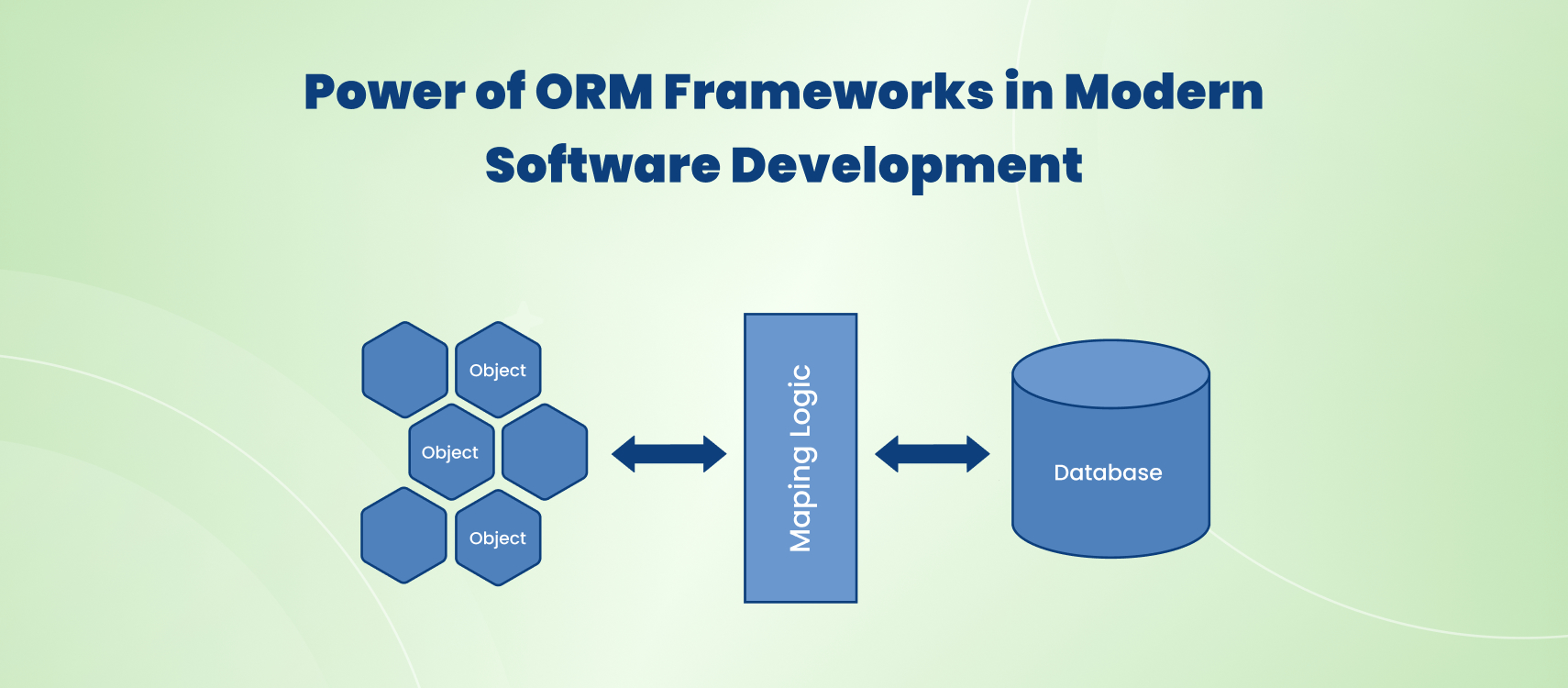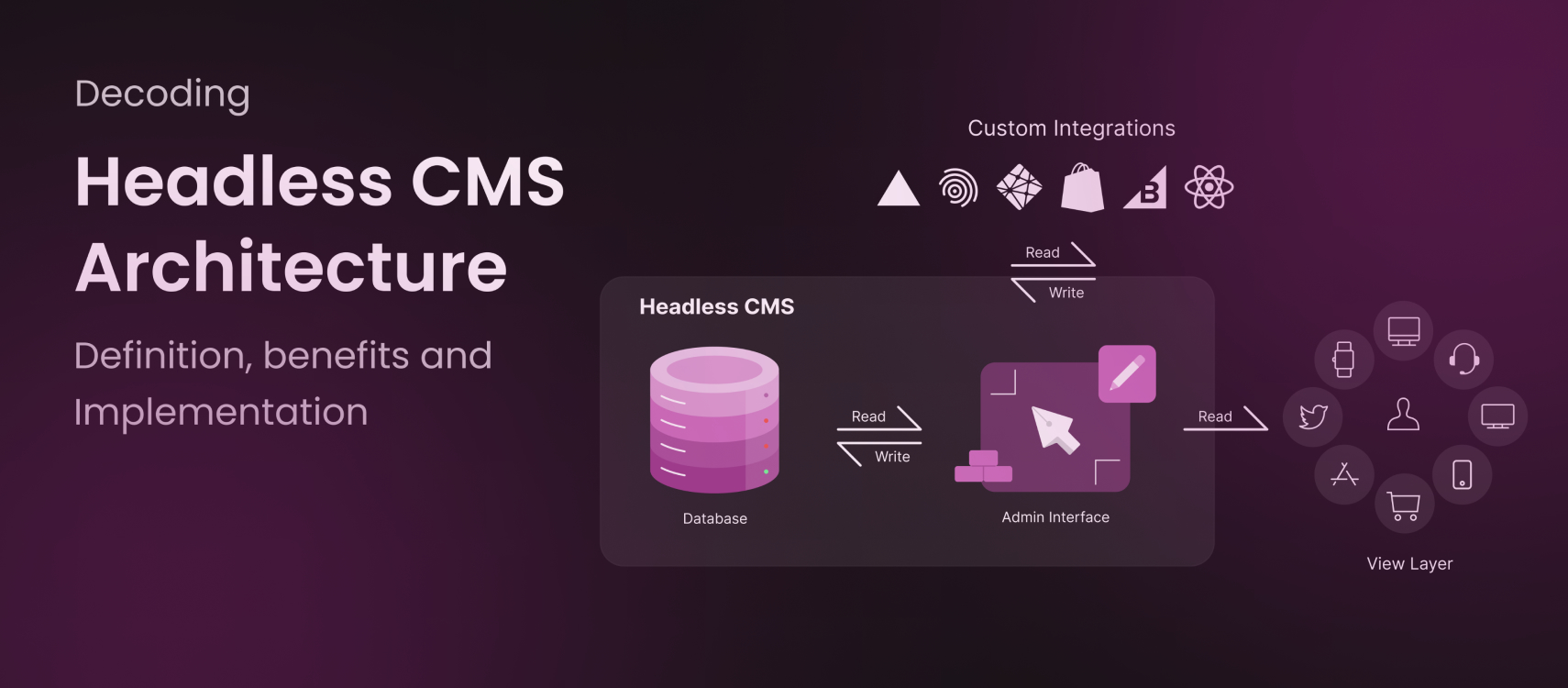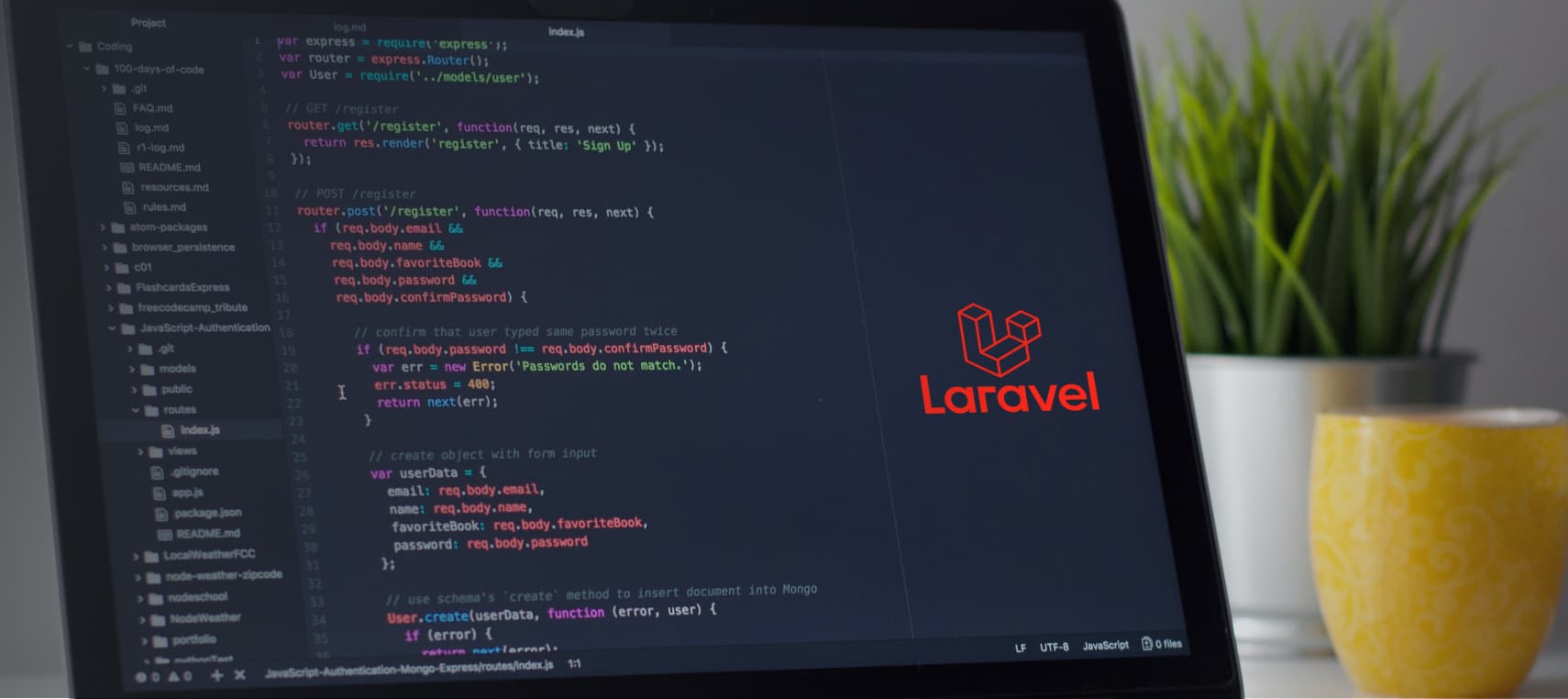Table of Contents
- Understanding The Evolution
- What is a Progressive Web Apps
- Key Features of PWAs
- Advantages of PWAs
- Ending Notes
In the rapidly evolving digital landscape, the demand for seamless and engaging user experiences has led to the rise of Progressive Web Apps (PWAs). A PWA is a web application that leverages modern web capabilities to deliver an app-like experience to users. By combining the best features of web and mobile app development, PWAs offer several advantages to businesses and end-users alike.
In this article, we will explain the concept of PWAs, exploring how they blend the benefits of both mobile and web app development, and why they have become a game-changer in the world of digital applications.
Understanding The Evolution of Web and Mobile Apps
Traditionally, web app development and mobile app development have been distinct paths, each with its set of strengths and limitations. Web apps are accessible through browsers, enabling cross-platform compatibility and easy updates without the need for users to install anything. On the other hand, mobile apps, installed directly on a user’s device, offer enhanced performance and access to native device functionalities, like camera and GPS. However, these differences have often led to a divide between the two types of applications, leaving developers and businesses to choose between the benefits of one at the expense of the other.
What is a Progressive Web Apps(PWAs)?
A Progressive Web App (PWA) is a modern type of website that behaves just like a mobile app — but without the need to download it from an app store. PWAs combine the convenience of a website with the smooth functionality of a native app, offering a fast, engaging, and reliable experience for users on any device.
Built using standard web technologies like HTML, CSS, and JavaScript, PWAs are lightweight, responsive, and easy to maintain. They load quickly, work even on slow networks, and can function offline. Users can also install them on their home screens, receive push notifications, and enjoy app-like interactions without ever visiting an app store.
For businesses, PWAs provide a versatile solution to boost user engagement, improve conversion rates, and reach a wider audience across all devices. They make it easier to deliver a seamless mobile experience while reducing the cost and time associated with building native apps.
Some real-world examples include Twitter Lite, Starbucks, and Pinterest, all of which use PWAs to provide fast, reliable, and interactive experiences for millions of users worldwide.
Key Features of Progressive Web Apps (PWAs)
Progressive Web Apps (PWAs) create new ways for businesses to connect with their users through online interactions. PWAs unite website functionality with native mobile app capabilities to provide users with app-like experiences through their web browsers. The following section explains the essential characteristics that distinguish PWAs from other digital solutions.
1. App-Like Experience
PWAs deliver an application experience that closely resembles native mobile applications. The combination of smooth animations with responsive navigation and natural user interactions creates a PWA experience that feels natural and engaging to users. The application provides users with a seamless experience for content browsing, form filling, and app interaction, which makes it suitable for businesses that want to create excellent user experiences.
2. Offline Functionality
The main benefit of PWAs stems from their offline functionality. Service workers, together with caching technologies, enable PWAs to store vital resources directly on user devices. Users can access their previously viewed content and complete vital operations through the application when their internet connection becomes unstable or goes down. The offline functionality provides essential value to mobile users who experience network instability and people living in areas with weak internet connectivity.
3. Fast Loading
The fundamental characteristic of PWAs includes their fast loading speed. The combination of optimized caching with content preloading and resource management through smart systems allows PWAs to deliver fast loading speeds on any network connection. The quick page loading times create better user experiences while decreasing user abandonment rates and boosting user engagement, which remains essential for businesses that want to keep their users.
4. Responsive Design
PWAs function on every device platform, starting from smartphones through to tablets and ending at desktop computers. The responsive design system enables automatic content and layout adjustments based on screen dimensions, which creates a uniform experience for all users. The flexible nature of PWAs creates an adaptable platform that provides users with a convenient experience.
5. Easy Installation
PWAs function differently from standard apps because they do not need users to download them from app stores. Users can place PWAs directly onto their home screen through their web browser interface. The straightforward installation process enables users to start using the app right away because it eliminates all obstacles to access and download requirements.
6. Push Notifications
PWAs enable businesses to deliver push notifications through their platform just as native applications do. The push notification system enables businesses to deliver updates and reminders, promotions, and alerts to users, which helps them stay active and increases the chances of repeat usage.
7. Secure
Every Progressive Web App includes built-in security features. HTTPS encryption protects all data exchanges between users and servers by making them secure against cyber threats. Users can depend on secure data protection because their information remains safe when using online services and e-commerce platforms, and applications that handle sensitive information.
8. Lightweight
The design of PWAs focuses on creating lightweight applications that operate efficiently. The applications use minimal storage space on devices while providing fast loading times, which benefits users who have restricted storage capacity or use slow devices. The lightweight nature of PWAs enables broad accessibility to users without any performance degradation.
9. Automatic Updates
The background operation of PWAs brings users the most recent features, security updates, and performance enhancements. Users do not need to perform manual updates on PWAs because the application updates automatically, which provides a smooth and trouble-free experience.
The Advantages of Progressive Web Apps
- Cross-Platform Compatibility
One of the most significant advantages of PWAs is their cross-platform compatibility. Unlike traditional mobile apps that require separate development for iOS and Android, PWAs are designed to work on any platform with a modern web browser. This significantly reduces development time and costs for businesses, as they can reach a broader audience with a single codebase.
Example: The Trivago PWA is an excellent illustration of cross-platform compatibility. The company optimized its website to function as a PWA, resulting in a 150% increase in user engagement and a 97% increase in click-outs to hotel offers.
- Improved Performance and Speed
PWAs load instantly, thanks to their efficient caching and app shell model. This results in faster load times and smoother user experiences compared to traditional websites or even some native mobile apps. The improved performance not only enhances user satisfaction but also positively impacts search engine rankings, as page speed is a critical factor in search algorithms.
Example: Pinterest transformed its mobile web experience into a PWA, resulting in a 44% increase in user-generated ad revenue and a 60% increase in user engagement. Additionally, the PWA uses 50% less data, benefiting users with limited data plans.
- Offline Access
One of the standout features of PWAs is their ability to function offline. Service workers cache important assets, allowing users to continue using the app and accessing previously loaded content without an internet connection. This makes PWAs ideal for users in areas with limited connectivity or during temporary network outages.
Example: The Financial Times, a renowned news publisher, saw a 30% increase in engagement on iOS devices after implementing a PWA. The offline access feature allowed readers to access content seamlessly, even when they were offline or in airplane mode.
- Enhanced User Engagement
PWAs enable businesses to engage users with push notifications, similar to mobile apps. This direct and personalized communication channel helps retain users and drive repeat visits, leading to increased user engagement and conversion rates.
Example: The Lancôme PWA implemented push notifications to re-engage users who had abandoned their shopping carts. As a result, the company saw a 17% increase in conversions and a 51% increase in mobile sessions.
- Cost-Effectiveness
For businesses, PWAs offer a cost-effective solution for reaching a wider audience without investing in separate native app development for different platforms. Developing a single PWA reduces development, testing, and maintenance costs compared to creating multiple native apps.
Example: After implementing a PWA, Forbes achieved a 100% increase in time spent on the site and a 43% increase in sessions per user, leading to increased ad views and revenue.
- Easy Updates and Maintenance
PWAs, as web applications, can be updated and maintained instantly without the need for users to download and install updates from app stores. This allows businesses to provide new features, bug fixes, and security updates seamlessly, ensuring a consistent and up-to-date user experience.
Example: Uber redesigned its mobile web experience into a PWA, resulting in a 50% reduction in load times, even on 2G networks. This led to a substantial increase in user satisfaction and booking rates.
- Broader Reach and SEO Benefits
Since PWAs are linkable and indexable by search engines, they enjoy the same SEO benefits as traditional websites. This allows businesses to leverage SEO strategies to increase organic traffic and reach new potential customers.
Example: Alibaba, one of the largest e-commerce companies globally, transformed its website into a PWA. The company saw a 76% increase in conversions across all browsers and a 30% increase in monthly active users.
Ending Notes
Progressive Web Apps represent the convergence of the best features from both web and mobile app development. By offering cross-platform compatibility, improved performance, offline access, enhanced user engagement, and cost-effectiveness, PWAs have emerged as a game-changer in the digital world. Businesses that embrace this innovative approach are likely to experience significant benefits in terms of user satisfaction, conversion rates, and overall growth.










